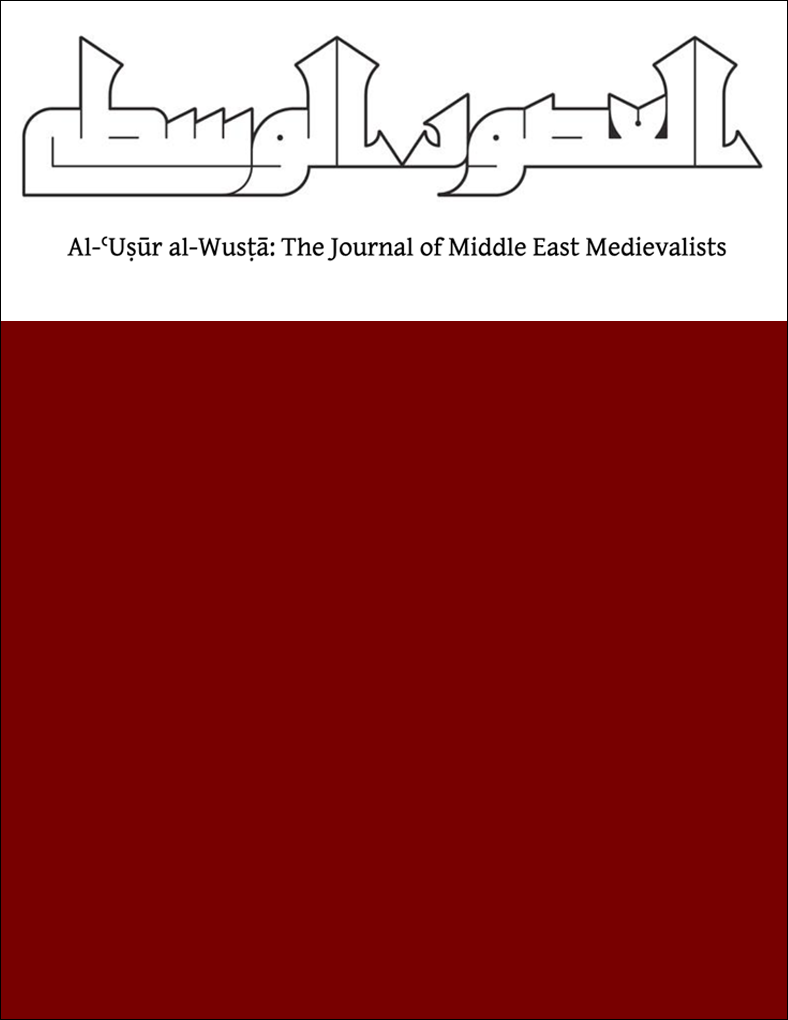Abstract
Potable, or “sweet,” water was the foundation stone of maritime provisioning and, by implication, route planning on all but the shortest voyages in the premodern world. Without it, maritime trade and all other forms of seaborne exchange and circulation were effectively impossible. Yet water sources and technologies of transportation have been comparatively neglected in Indian Ocean history and archaeology. This paper rereads data from the ninth-century section of the Akhbār al-Ṣīn wa-l-Hind (Accounts of China and India) alongside recent evidence from two contemporary shipwrecks to examine the spacing of watering stops and the technologies of water transportation employed on long-distance sailings between the Gulf and Chinese ports. Working from the 2021 publication of the volumetric capacity of a group of so-called torpedo jars excavated in Thailand, this article proposes some preliminary quantitative estimates of the volume of freshwater, and thus the number of water jars, required on board vessels at the time. In so doing it raises important questions about the portability and handling of torpedo jars as well as the varied uses and reuses of such transport jars. Weaving passages from the Akhbār with information on ceramic remains from the Phanom Surin and Belitung wrecks, this article aims to start a conversation about the very real physical and physiological parameters that underlay Indian Ocean connectivity and the water transportation technologies that underpinned them.

This work is licensed under a Creative Commons Attribution-NonCommercial-NoDerivatives 4.0 International License.
Copyright (c) 2022 Elizabeth Lambourn

